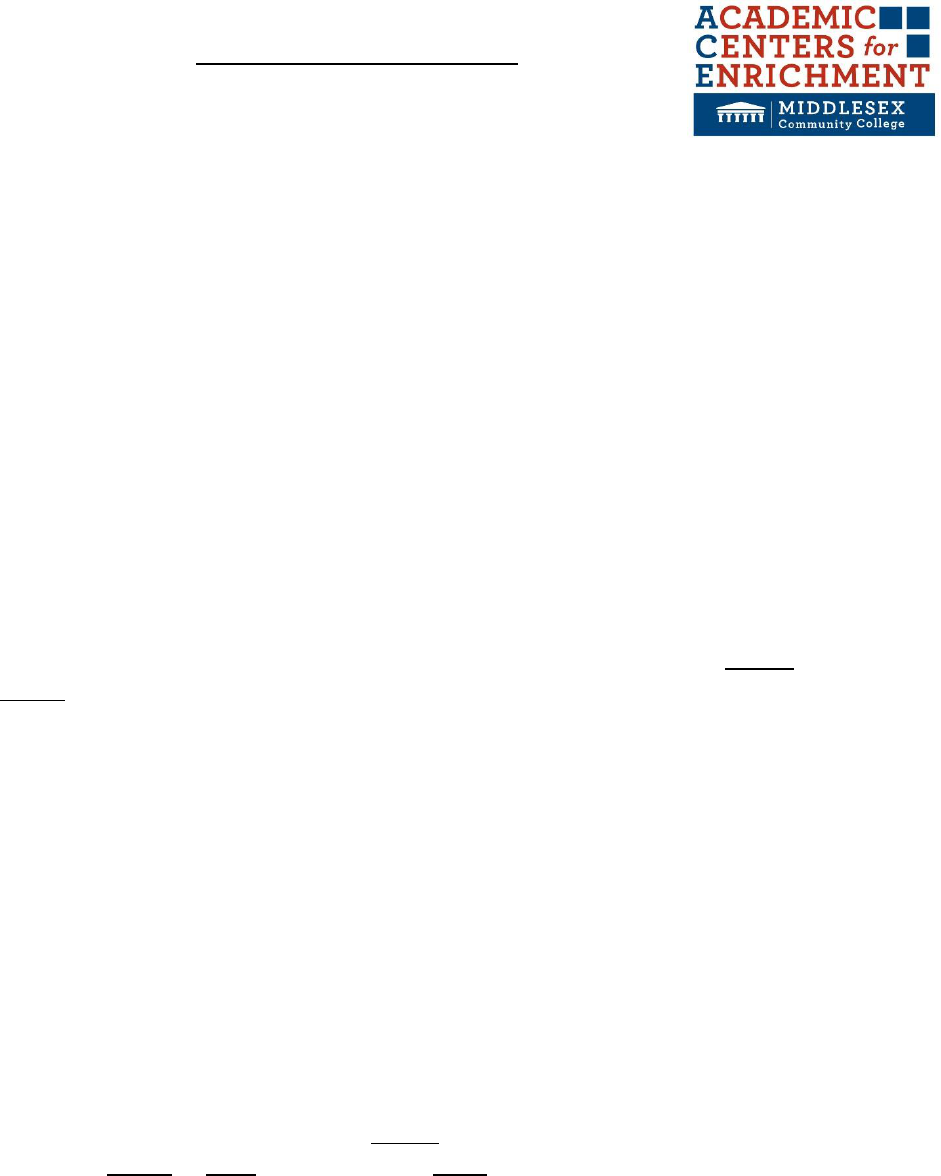
Lowell Writing Center: LC-406B, 978-656-3365 Bedford Writing Center: LIB 7A, 781-280-3727
Poetry Terms
Alliteration – the repetition of initial consonant sounds. Ex: On
the bald street breaks the blank day.
Allusion – a reference to a person, place, thing, event or idea in history or literature used to
suggest an emotion or idea. Ex: an allusion to the Garden of Eden might suggest a notion
of paradise or a time of purity and innocence. (Allusion is different from illusion, which is a
deception or erroneous perception of reality.)
Apostrophe – a figure of speech in which the poem’s speaker addresses someone absent or
dead, or something nonhuman as if it were alive and present and could reply.
Assonance – the repetition, at close intervals, of vowel sounds.
Ballad – a fairly short narrative poem written in a songlike stanza form.
Consonance – the repetition, at close intervals, of consonant sounds found within or at the
end of words.
Couplet – 2-line stanza, which may or may not rhyme.
End rhyme – rhyme that comes at the end of lines. Ex. “It runs and it creeps/ For awhile,
till it sleeps”
Eye rhyme – words that look alike but do not sound alike. Ex: bough, cough; brow, blow.
Figurative language – words that are literally inaccurate but are used to describe or define
something. Usually this language makes use of metaphors or similes to compare and
equate something to another.
Fixed form – poetry that is categorized by its patterns of lines, meter, rhymes and stanzas.
Examples of fixed forms include the sonnet, ballad and villanelle.
Free verse – poetry that is not in a fixed form. Also called open form.
Imagery – the use of images, often figurative ones, that appeal to one of the 5 senses.
Images can be olfactory (smell), auditory (sound), tactile (touch), visual (sight), or gustatory
(taste).
Internal rhyme – rhyme that comes within one or several lines. Ex: I wished upon the
most beautiful moon in June and hope/ that soon I will fall in love.
Lyric – a short poem that expresses the personal emotions and thoughts of a first-person
narrator and is characterized by its musical qualities.
Metaphor – an implied comparison in which the figurative word is substituted for the
original term (in contrast to the explicit comparison of a simile). Ex: “He is a lion in the
field.”
Lowell Writing Center: LC-406B, 978-656-3365 Bedford Writing Center: LIB 7A, 781-280-3727
Meter – the recurrence of rhythmic stresses or accents in a regular pattern.
Narrative poem – a poem that tells a story.
Onomatopoeia – use of a word that resembles the sound it denotes. Ex: buzz, bowwow,
choo-choo.
Personification – giving human characteristics to an animal, object or abstract concept.
Poetry – literature written in meter or verse. It is characterized by language chosen for its
sound and suggestive power and by such literary techniques as structured meter, rhyme, and
metaphor.
Prose poem – a poem which is written in prose format; i.e. it has no fixed lines.
Quatrain – a four-line stanza.
Rhyme (see also End, Eye, Internal and Slant rhyme) – two or more words that repeat
the same end sounds. ALso called perfect rhyme. Ex: send, bend, trend.
Rhyme scheme – the pattern of end rhymes denoted by lowercase letters (a, b, c, d…)
where each letter represents a new rhyme.
Setting – the place and time in which a poem takes place; not all poems have settings.
Simile – an explicit comparison of one thing to another using the connecting words like, as,
than, similar to, resembles or sees. Ex: He is like a lion in the field.
Slant rhyme – words, usually in a set rhyme scheme, which have similar sounds but are not
perfect rhymes. Also called approximate rhyme, imperfect rhyme, or near rhyme. Ex: arrayed/said.
Sonnet – a 14-line poem that has traditionally followed specific rules of thyme and meter.
Stanza – a group of lines in a poem. People often mistakenly call them paragraphs.
Style – the author’s manner of expression. An author’s style is the result of choices about
vocabulary, organization, imagery, pace, and recurring themes.
Symbol – a figure of speech in which a person or thing stands for some other idea/abstract
concept. Ex: the color white has become a symbol of purity or innocence.
Theme – the central or unifying idea that is developed in a work.
Tone – the expressions of the author’s attitude toward the subject matter.
Verse – another name for poetry derived from the Latin “vers” meaning “to turn.” It refers
to the fact that poetry lines “turn” at a specific point versus prose, which has no fixed lines.
